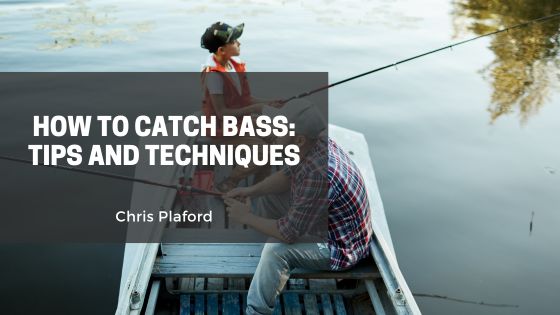Fishing for bass can be both an exciting and rewarding experience for all anglers. Whether you’re a novice or a seasoned pro, these tips will help you improve your bass fishing game and help to increase your chances of landing that big catch.
Know the Bass Species
Understanding the type of bass you’re targeting is crucial. The two most common species are largemouth bass and smallmouth bass. Largemouth bass are typically found in warmer, slow-moving waters, while smallmouth bass prefer cooler, clearer, and faster-moving waters. Identifying the right habitat can significantly enhance your chances of success.
Choose the Right Gear
Selecting the appropriate gear is essential for a successful bass fishing trip. Here are some basics:
- Rod and Reel: A medium rod with a fast action tip paired with a high-quality baitcasting reel is ideal for most bass fishing scenarios.
- Line: Use a strong, durable line such as fluorocarbon or braided line. Fluorocarbon is less visible underwater and has low stretch, while the braided line offers excellent strength and sensitivity.
- Lures: Carry a variety of lures, including crankbaits, spinnerbaits, soft plastics, and jigs. Each lure type works best under different conditions, so it’s good to have options.
Master Casting Techniques
Perfecting your casting technique can make a big difference. Practice accurate casting to place your lure precisely where bass are likely to be hiding. Use a sidearm or underhand cast to avoid spooking the fish. Skipping your lure under docks and overhanging trees can also be very effective in reaching bass in hard-to-reach spots.
Understand Seasonal Patterns
Bass behavior changes with the seasons, and knowing these patterns can help you locate them more effectively:
- Spring: During the spawning season, bass move to shallow waters. Target areas near beds, but be mindful and respectful of spawning fish.
- Summer: Bass seek cooler, deeper waters. Look for them near structures like drop-offs, ledges, and underwater vegetation.
- Fall: As water temperatures cool, bass become more active and feed heavily. Focus on baitfish schools and use fast-moving lures.
- Winter: Bass move to deeper or warmer waters. Slow down your presentation, and make sure to use lures that mimic the slow movements of cold-water prey.
Fish at the Right Times
Bass are more active during certain times of the day. Early morning and late afternoon are generally the best times to fish, as bass tend to feed more aggressively during these periods. Overcast days can also be productive, as bass are less likely to seek cover from the sun.
Focus on Structure and Cover
Bass love hiding in structures and cover, such as rocks, logs, weed beds, and docks. These areas provide shelter and ambush points for feeding. When fishing these spots, use lures that can navigate through the cover without getting snagged, such as weedless jigs or Texas-rigged soft plastics.
Be Patient and Observant
Patience and observation are key to successful bass fishing. Pay attention to your surroundings and watch for signs of bass activity, such as jumping fish or ripples on the water’s surface. Adjust your techniques based on what you observe, and be willing to experiment with different lures and presentations until you find what works best.
By following these tips and techniques, you’ll increase your chances of catching bass and enjoy a more rewarding fishing experience.
